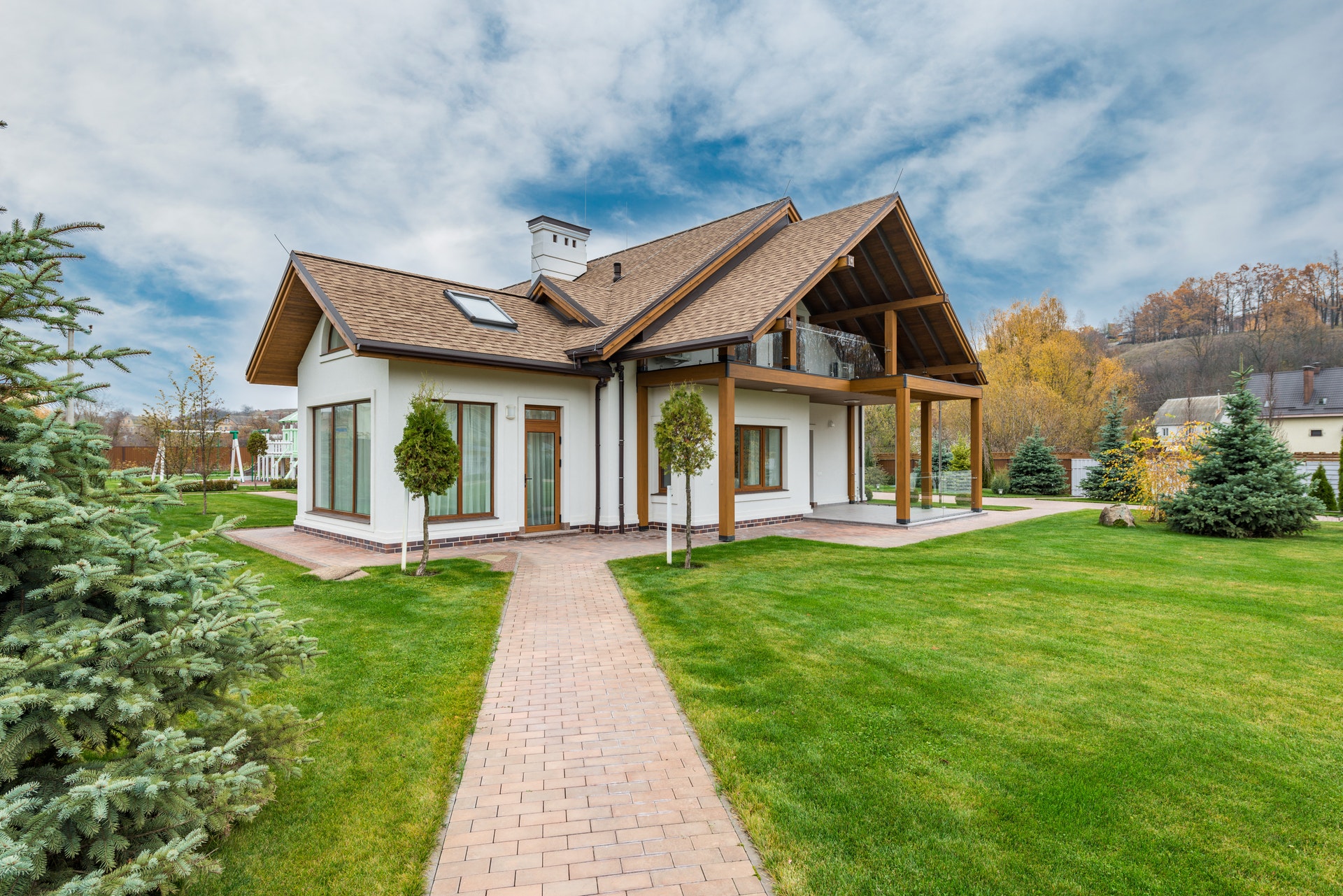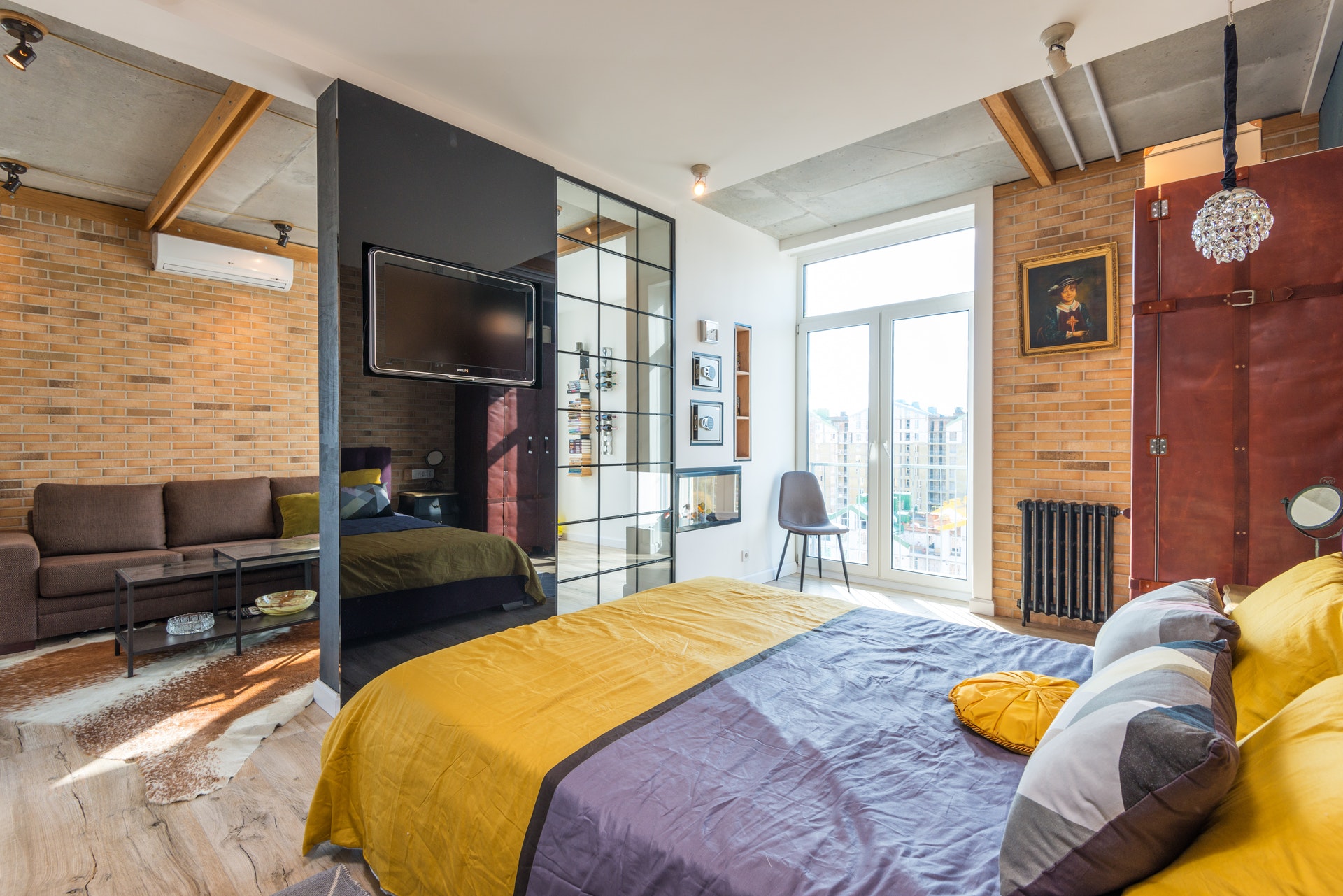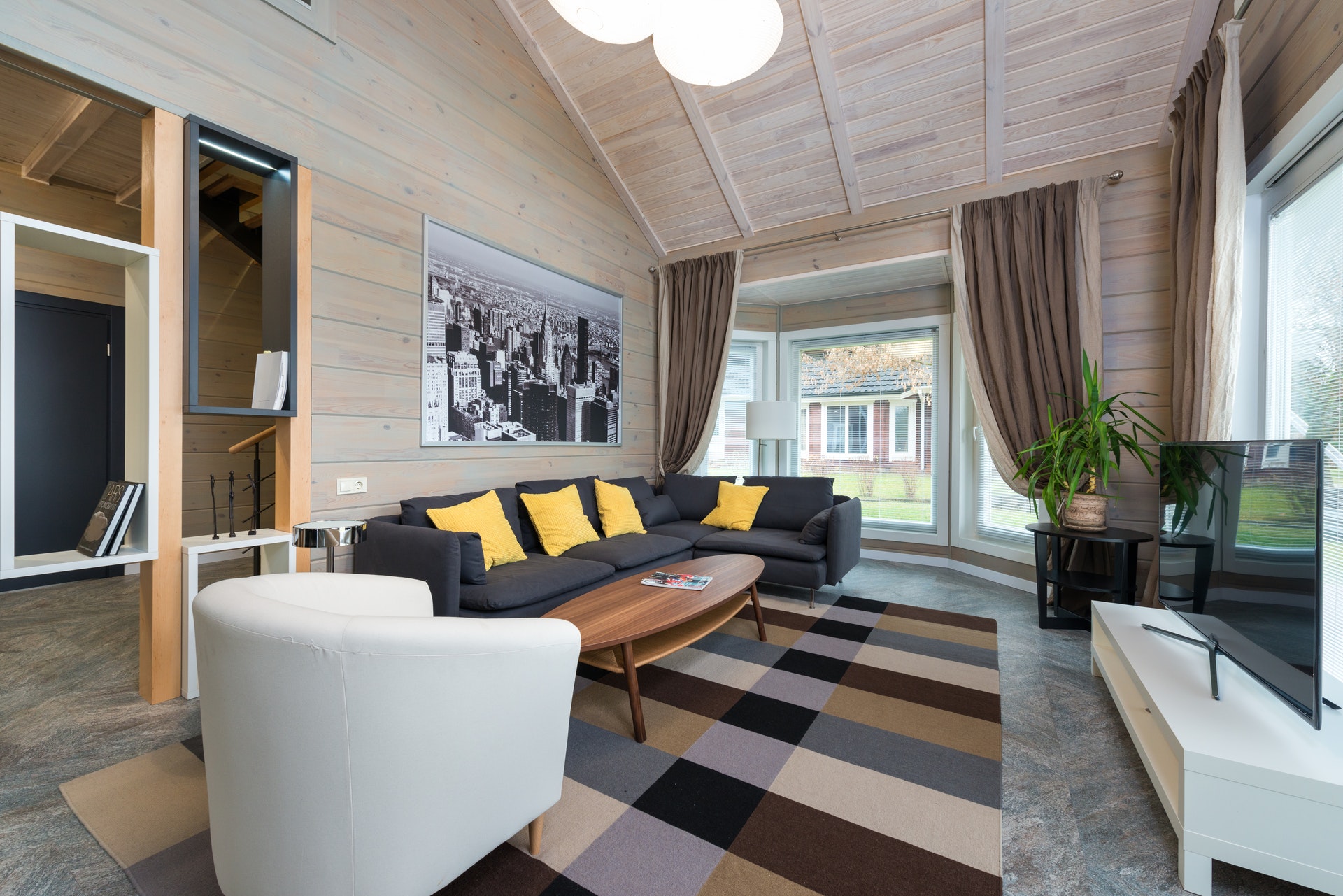If you're in the process of putting your house on the market, it's reasonable to assume that you'd like to sell it at your asking price, as quickly as possible.
You can use various home decorating techniques to assist you in this venture. It’ll highlight your property's most unique assets, helping buyers imagine themselves living there. If it's done right, selling your house shouldn't be a problem.
Some research done in 2017 by the National Association of Realtors revealed the following impressive statistics:
- 49% of buyer agents believe that home staging affects how potential customers view the house
- 77% stated that it makes it easier for consumers to visualize the property as their own
- 21% of seller agents claim that home staging potentially increase the home's value with 6% to 10%
- 39% claim that it significantly decreases the amount of time the house is on the market
Therefore, putting the effort and time into staging your house makes sense. So, take the initiative and set the stage for success with the following ideas.
Boost Curb Appeal

Most buyers will first do a quick drive-by past your house before deciding if it's worth their while to view the inside of your property. Therefore, making and keeping the outside of the home presentable is essential, including:
- Make sure the house number is visible and in easy-to-read numbers
- Power wash walkways and sidings
- Keep the lawn short and clean, and reseed as needed
- Plant fresh greenery and blooming flowers
- Stain or repaint the porch floor if needed
- Wash front windows
Get and Keep Your Home Sparkling Clean
From clean counters to gleaming windows and radiant floors, every surface should sparkle. It may not be the easiest, but it's most certainly the cheapest method available to present your house at its best. Employ the help of professionals and ensure that every nook and cranny is scrubbed clean.
Focus Your Efforts Where it Counts
When it comes to staging, not all rooms carry the same weight. It's essential to focus on the rooms that are the most likely to impress and influence the consumer's decision. However, don't completely neglect the less influential spaces.
The rooms that deserve the most attention include the:
- Living room
- Kitchen
- Master bedroom
- Bathrooms
De-Personalize Your Home
One of home staging's core objectives is to get potential buyers to visualize your home as their own. The most significant way to accomplish this goal is to create a blank canvas. Although it's essential to retain style and charm, you should put the personal touches, suggesting that the house belongs to the seller, in storage.
Remove all photos, both framed and hanged, including those on the fridge. Ensure that clothes are stored out of sight and hide all personal effects lying around in the bathroom. It's also vital to clear the property of any overtly religious items and symbols.
De-personalizing your house may make it somewhat awkward to live in. Yet, it's exceptionally helpful in getting potential buyers to better connect with your home.
Repair or Patch the Small Things

Home staging provides you with the perfect opportunity to repair or patch the small things. Scratches, holes, tiny nicks, and other impurities typically signal neglect to potential buyers.
Go from room to room and remove all scuffs from the walls using melamine foam eraser pads. Also, pay attention to areas that may need a bit of TLC, and fix what's necessary.
If your home has any areas where the previous paint may have chipped, you might need to do some paint touch-ups. As with cleaning, the idea is to prove to the buyer that you've made an effort to maintain the property and make it look nice.
Consider Going Neutral
Although this tip may be a bit more cost and time-intensive, it'll make a significant difference when it comes to the time on the market and your sale price. Bright colors allow people to express their personalities within their homes; it can be a big turn-off for buyers.
When staging your home for sale, one of the most positive things you can do is cover garish colors with neutrals like white, gray, and taupe. Bold tones tend to distract attention from a room's assets and signify the home's past, not its future.
To Wrap Up
Home staging doesn't necessarily require spending a heap of money. Instead, it should be based on making smart decisions. Boosting curb appeal, de-personalizing your home, and patching the small things go a long way toward making your house more presentable to potential buyers. Should you find yourself at a loss as to what to do, consult with your agent.
He or she will help you make the desired changes, enticing the potential buyers who come for viewings and adding value to your home.
